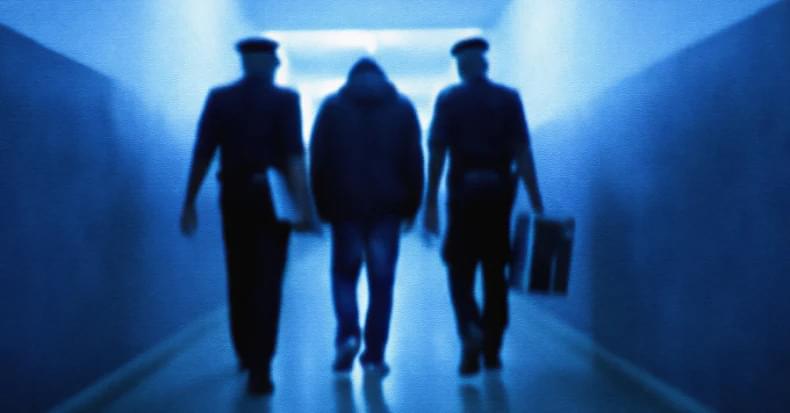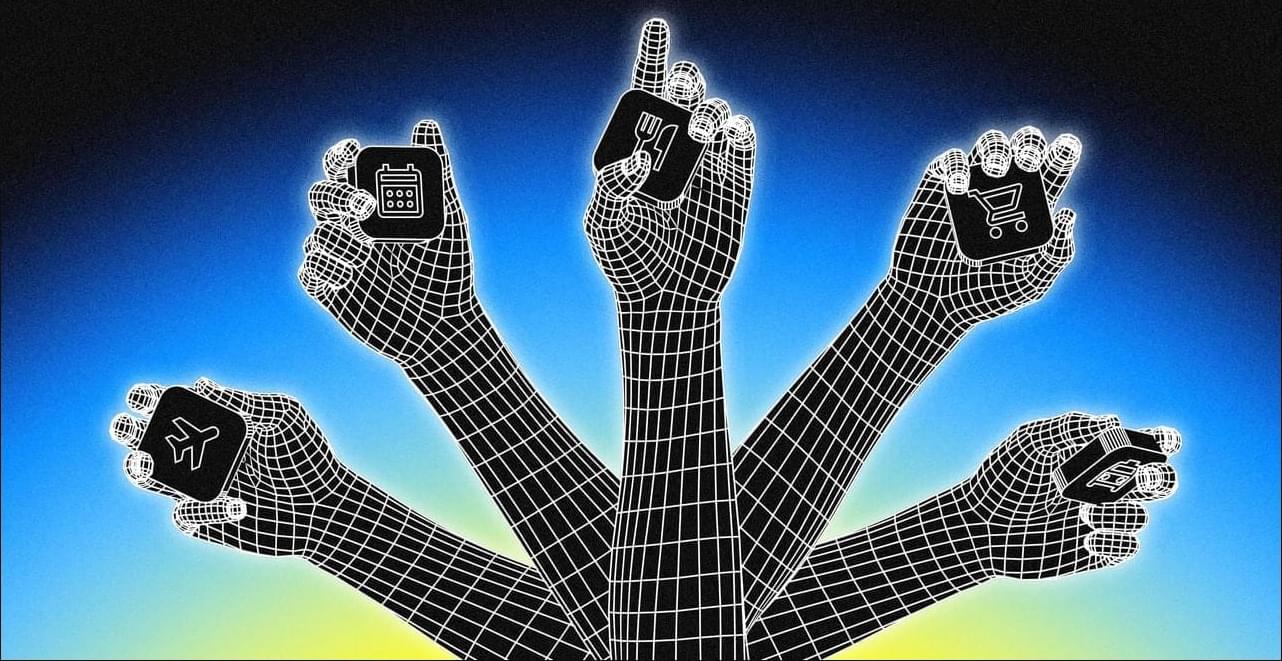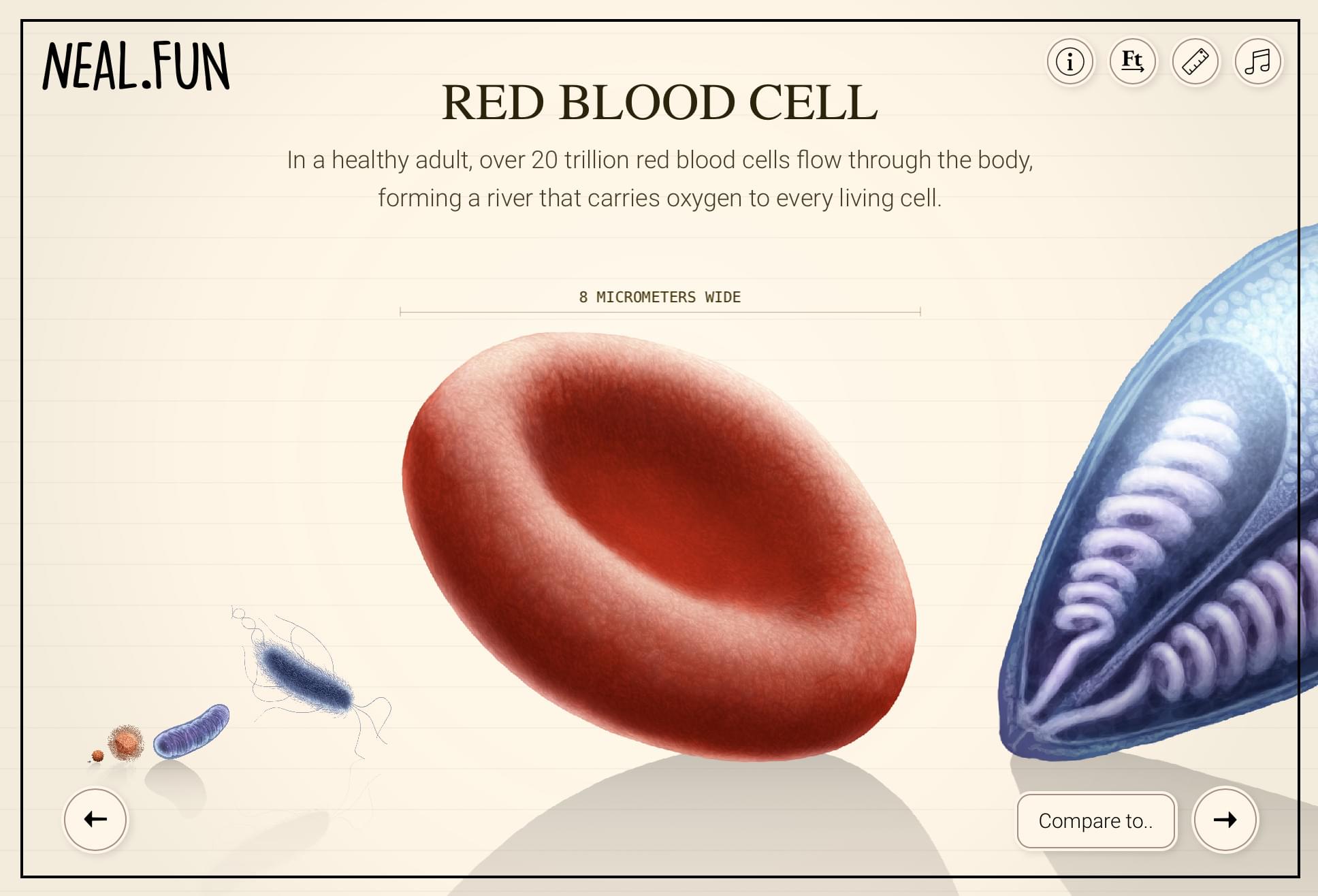Elon Musk is considering Tesla taking a pre-IPO stake in SpaceX to integrate their businesses, accelerate ambitious projects, and increase the value of both companies ## ## Questions to inspire discussion.
Strategic Governance Alignment.
🔄 Q: Why should Tesla acquire a pre-IPO stake in SpaceX rather than waiting until after the IPO? A: A pre-IPO stake resolves governance and conflict risks before SpaceX’s planned $30B IPO in mid-2026, ensuring all transactions are recorded as part of the IPO and avoiding complications that could impact IPO pricing or create persistent post-IPO conflicts between the two companies.
🎯 Q: What is the core governance problem Tesla shareholders currently face with SpaceX? A: Tesla shareholders are exposed to SpaceX outcomes through dependencies on Starlink connectivity, orbital compute, and launch cadence without any ownership rights, governance rights, or downside protection as the companies converge operationally but not financially.
⚖️ Q: How would a pre-IPO stake transaction affect Tesla’s ownership structure and Musk’s control? A: The transaction would dilute Tesla by 20% but could raise market cap to $1.62-2T, increasing Musk’s stake to 22.1–24% and his net worth approaching $1T, enabling him to achieve 25% control significantly earlier than under the compensation plan.
Capital Requirements and Infrastructure.






